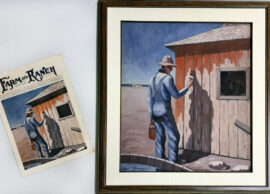History
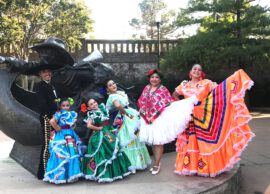
Flash Mob Folklorico
We are wrapping up our week of el Dia de Muertos with Flash Mob Folklorico! Enjoy this beautiful performance of El Huapango de Moncayo as performed by St. Vincent Pallotti Ballet Folklorico (St Vincent Pallotti Catholic Church) in the heart of Downtown Abilene.
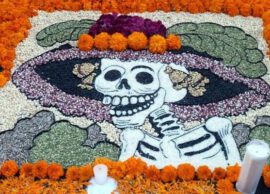
Tradition of Tapetes
One of the more elaborate and beautiful Dia de Muertos traditions is the creation of tapetes or “rugs/tapestries” comprised of flower petals, sand, rice, beans, sawdust, etc. The Center for Latin American Studies at Vanderbilt University writes: Spanish for “rug,” Dia de los Muertos tapetes are large, colorful piece of art made on the ground as part of the Dia de los Muertos celebration in parts of Mexico.
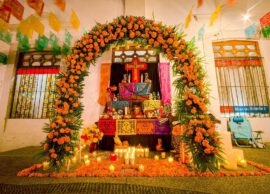
Dia de los Muertos: Symbols and Traditions
The Dia de los Muertos holiday is filled with beautiful symbols, traditions, and imagery. Every detail represents something significant and special in the remembrance of loved ones. Some traditions are rooted in ancient meso-American traditions, some came from Spanish/European cultural traditions, and some have evolved over the 3,000+ years of celebrations. From Monarch Butterflies to native Copalli incense to Cempasúchitl – learn about many of the imagery, symbols, and traditions…
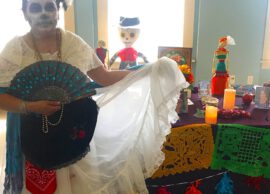
Tradition of the Ofrenda
One of the central components of the Dia de los Muertos holiday celebration is the altar or ofrenda (offering). You may have seen many around town yesterday or perhaps contributed to The Grace Museum community ofrenda at a previous family festival. An ofrenda is typically an altar or special table in the home where a collection of significant objects are placed to celebrate the lives of loved ones who have passed. Today, Aida Pantoja shares about her Veracruz heritage and how she celebrates el Dia de Muertos and sets up her ofrenda for her father each year. Tomorrow we will explore the significance and symbolism of the many components of the ofrenda.
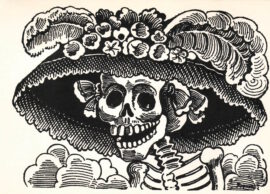
La Catrina – A History
La Catrina or La Calavera Catrina is one of the most recognizable symbols of the Dia de los Muertos holiday – but do you know her origins? The story of La Catrina involves three of Mexico’s most famous artists across two generations and the power of art as a reflection of society.
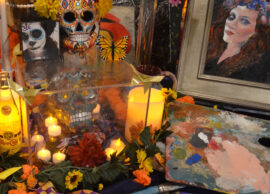
Feliz Dia de Muertos
Feliz Día de los Muertos! Since we cannot all be together this year for The Grace Museum annual Día de los Muertos Family Festival, we will be celebrating all week long with daily history, traditions, and art. Today we begin with the origins of the holiday – a beautiful blending of ancient Nahua pre-Columbian Mesoamerican traditions and European Catholic influences that inform today’s celebration of life across Mexico and beyond.
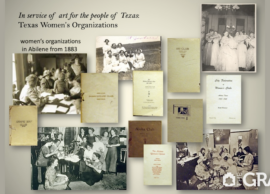
Way Back Wednesday: West Texas Clubwoman
In the late nineteenth and early twentieth century many women did not have access to higher education nor were they permitted to participate publicly in leadership roles. The solution was to band together in a socially accepted format to educate each other and make contributions to their community as a group.
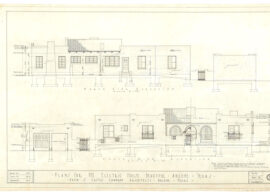
Way Back Wednesday: David S. Castle, Skyline Maker
As one of the most significant and prominent architects in Abilene and the Big Country in the early to mid-1900s, David S. Castle designed and built hundreds of schools, residential buildings, hotels, medical buildings, municipal buildings, churches, recreational buildings, and courthouses. Learn about Castle’s role in the history of architecture in Abilene and the surrounding areas, concentrating on Castle’s contributions to the evolution and growth of Abilene. The buildings he designed are a reflection of the development of Abilene as a trade route and important hub in the oil industry throughout the early twentieth century.

Way Back Wednesday: Tools for Modern Living
It’s #WayBackWednesday and #STEAMweek here at the Grace and today we are sharing some important tools from the history collection! There was a time when hi-tech was low-tech and the history vault at The Grace is full of reminders that maybe those weren’t necessarily simpler times. Judging from the treasures in the history collection, the residents of Abilene have been on the cutting edge of modern convenience since the 1880s.
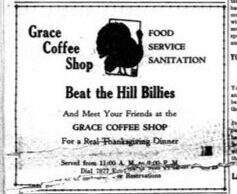
Way Back Wednesday: A Cup of Coffee from the History Collection
It’s #FriendshipWeek and we are sharing with you, our friends, some very cheery #waybackwednesday friends from the History Collection. Imagine all of the friendly conversations that occurred in the Hotel Grace/Drake Coffee Shop over the years. And no two objects go together quite like a cup and a saucer! Who are your friends you share a cup of coffee with downtown today – maybe at Monks Coffee Shop or Front Porch Coffee Co. & Bakery?
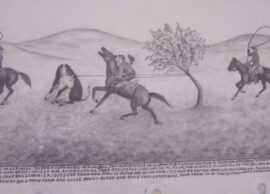
The Parramore Sketches
Today is the #dayofthecowboy! This week we have been building to this point with glimpses into authentic ranch life in our unique area of the world. We are wrapping up with The Parramore Sketches by Dock Dilworth Parramore.
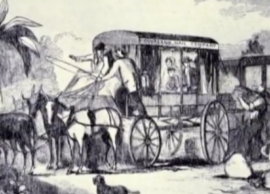
Smith’s Station on the Butterfield Overland Stagecoach Line
The Story of the Butterfield Stage and Smith’s Station on Chimney Creek Ranch in Taylor County, Texas. The Butterfield Overland Mail Trail ran from about 1858 to 1861 on a route that began in either Memphis or St. Louis and terminated in San Francisco carrying passengers and U. S. Mail. Learn more in this video, courtesy of Ted and Hank Paup.
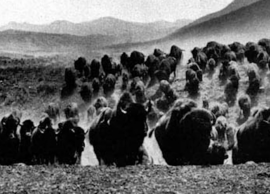
Way Back Wednesday: The Decline of the Great Texas Herd with Tom Perini
Tom Perini, buffalo and Texas historian and owner of the famous Perini Ranch Steakhouse, discusses the Great Texas Buffalo Herd and the ultimate demise and the various contributing factors as well as the important role that Buffalo Gap has played in the history of Central West Texas.
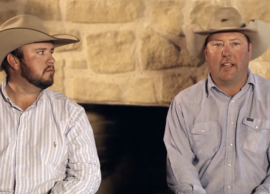
Ranching Heritage: A Family Business
Cattle ranching has been a major Texas industry for nearly three centuries. As early as the 1690s the Spaniards brought in stock with their entradas. Ranching as such dates from the 1730s, when herds were loosed along the San Antonio River to feed missionaries, soldiers, and civilians in the San Antonio and Goliad areas (Handbook of Texas). Meet the Nail, Kleberg, and Montgomery families as they share their family history of ranching in Texas.
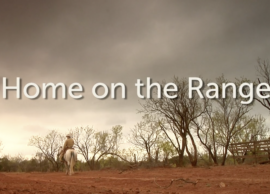
Home on the Range: Where the Prairie Meets the Plains in Central West Texas
This Saturday is the National Day of the American Cowboy – so to celebrate – The Grace Museum and our JOLI partners are honoring real cowboys and cowboy culture all week! Hear from four true American (and Texan) cowboys in this video from one of our favorite past exhibits, Home on the Range. Featuring: John Matthews – Lambshead Ranch, Phil Guitar – Guitar Ranches, Arlon Baize – Working Cowboy, and Boots O’Neal – 6666 Ranch.
